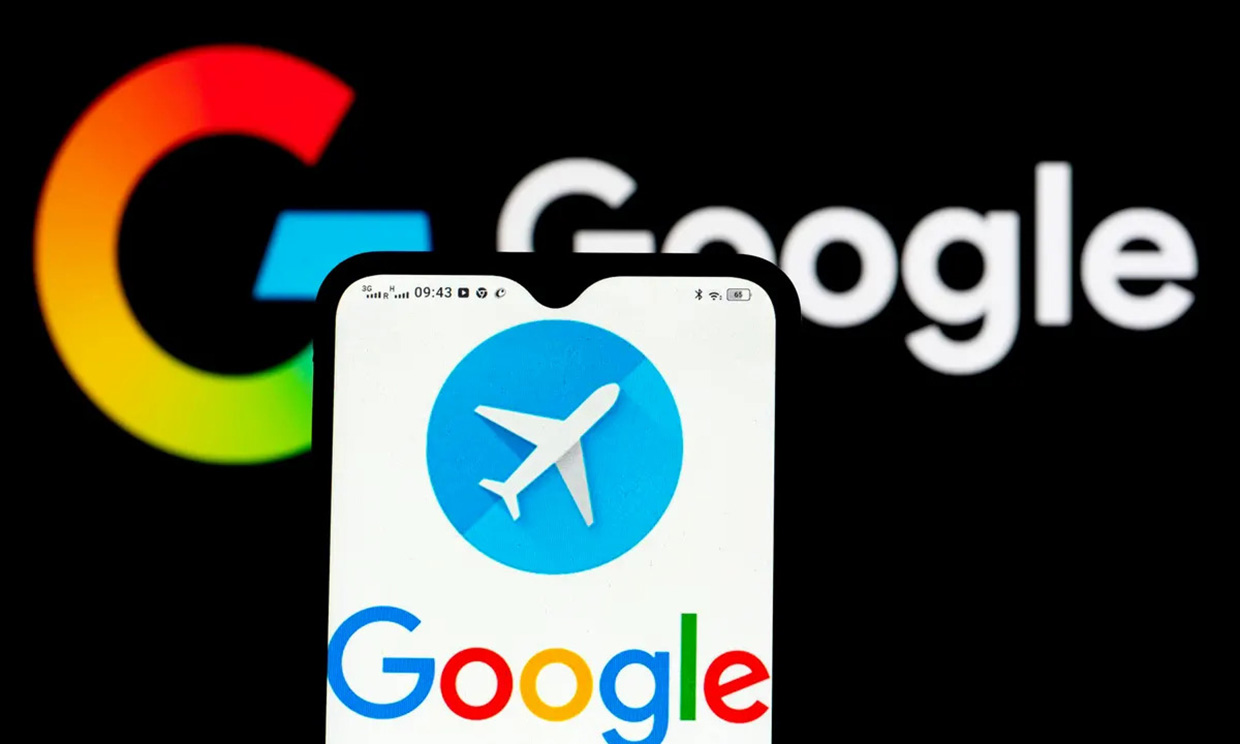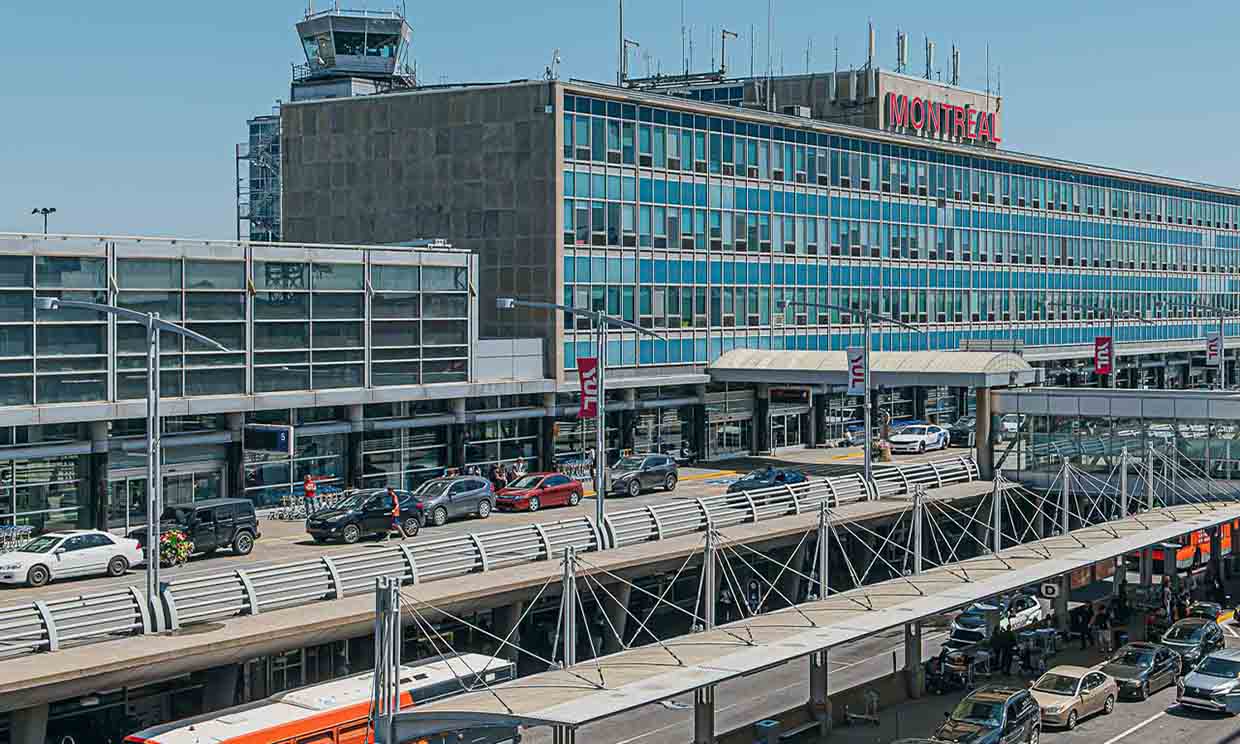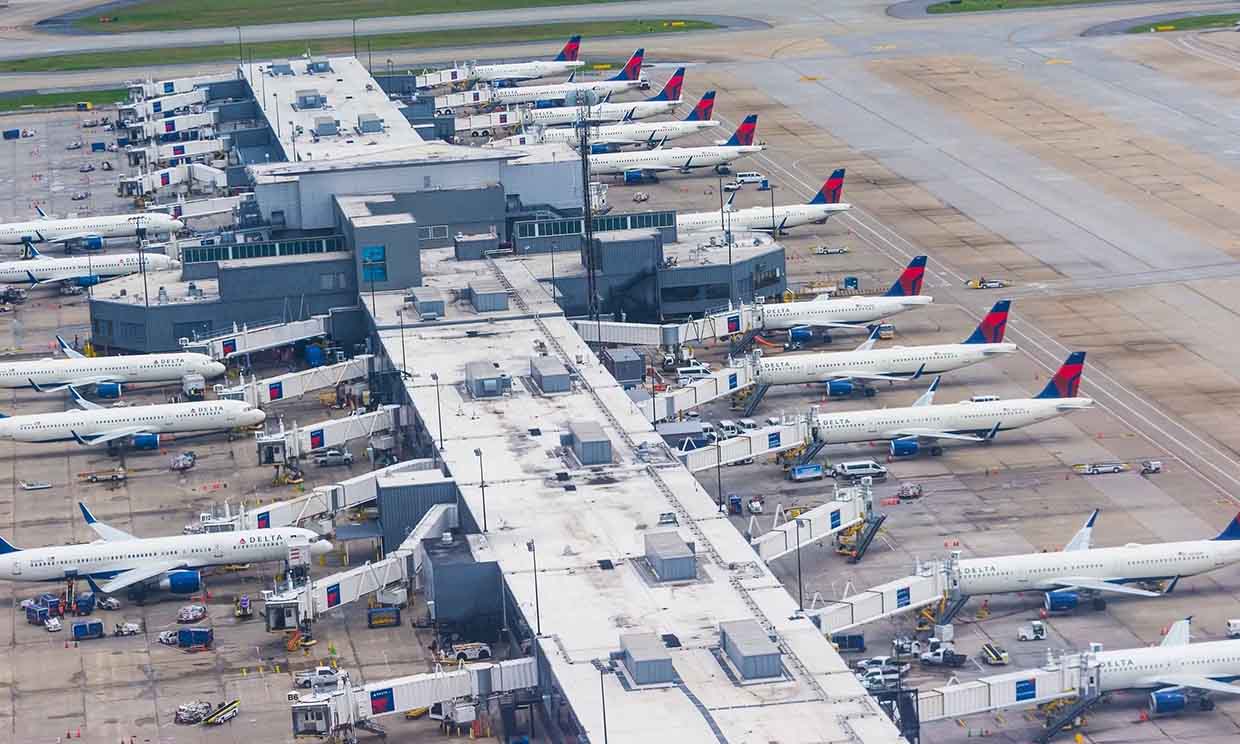When it comes to St. Louis, many people’s first thoughts might be the iconic Gateway Arch, the shimmering Mississippi River, and its rich historical and cultural atmosphere. For me, every trip flying to this city is not only about looking forward to exploring its beautiful scenery and culture, but more importantly, about how to spend the least amount of money to get the most suitable flight ticket.
1. Understand the Airport Options: Lambert International Airport (STL) Is the Only Major Gateway
St. Louis’s air traffic mainly concentrates at Lambert-St. Louis International Airport (code STL), which is about a 25-minute drive from downtown. Unlike big cities like Chicago, New York, or Los Angeles that have multiple airports competing for flight markets, St. Louis has only one major airport. This simplifies choices but also limits the diversity of routes. Knowing this helps us book more precisely and avoid confusion from searching multiple airports.
2. Advance Planning and Flexible Dates: The Key to Flight Prices
Booking flights early is a well-known money-saving strategy. Usually, I start monitoring flight prices at least two months before the planned departure and set price alerts on search engines like Google Flights, Skyscanner, and Momondo. Flight prices to St. Louis fluctuate significantly throughout the year, especially during holidays and large local events when prices can double. January and February are typically off-peak months with relatively cheaper tickets.
Flexibly adjusting departure and return dates is equally important. For example, I once saved nearly 30% on ticket prices just by changing my departure date by one day. Also, flights on Tuesdays and Wednesdays are generally cheaper, as business travelers prefer Monday and Friday departures.
3. Choose the Right Airlines and Routes
Southwest Airlines operates many routes to St. Louis and has a generous baggage policy with two free checked bags, which greatly helps control total costs. I often catch their promotional fares through their official website or partner platforms, especially during flash sales and seasonal discounts.
Besides Southwest, major traditional airlines such as United Airlines, American Airlines, and Delta Airlines offer both direct and connecting flights with varied prices and service quality. Connecting flights are often much cheaper than direct flights but require consideration of transfer times and airport congestion.
I usually combine my schedule with flight options, prioritizing reasonable transfer times and short waiting periods to avoid “saving a little money but spending a lot of trouble.”
4. Use Multiple Platforms to Compare Prices and Watch for Hidden Discounts
Single platforms often don’t show all discounts. I frequently use multiple ticket booking websites to compare prices simultaneously. Google Flights offers a clear interface and trend analysis to keep track of price fluctuations; Skyscanner helps discover low-cost airlines and multi-city combinations; Momondo sometimes finds unexpectedly cheap tickets from multiple channels.
Additionally, I monitor airlines’ official websites for limited-time promotions and use rebate websites or credit card travel reward programs. For example, some credit card points can be redeemed for flights, or certain purchase links offer extra discounts.
By comparing more, I often find prices 5%-15% lower than those on a single platform.
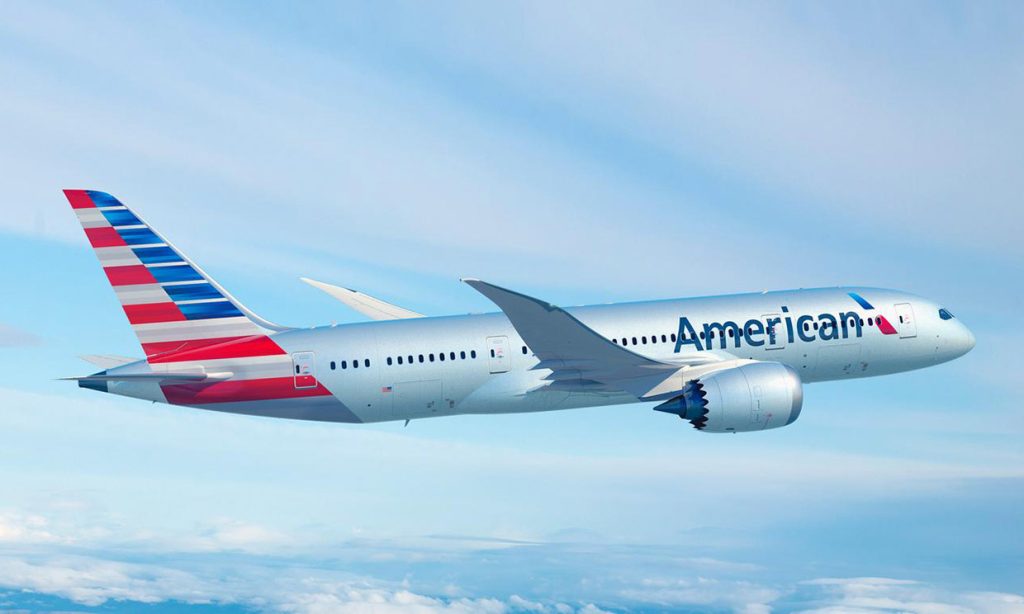
5. Buy Tickets in Segments to Reduce the Total Price
Sometimes I try splitting the itinerary into two or more separately purchased segments. For instance, flying from my city to Chicago or Kansas City, then buying a separate ticket from Chicago to St. Louis. This “segment ticket” strategy can avoid some high-priced direct flights.
However, the risk with split tickets is that each flight is issued separately, so if the first flight is delayed and causes a missed connection, the airline won’t be responsible for the next flight. Therefore, it’s essential to arrange transfer times reasonably and buy refundable or changeable tickets.
6. Choose Low-Cost Airlines but Watch Out for Extra Fees
Although St. Louis does not serve as a major hub for ultra-low-cost carriers, nearby cities like Chicago and Kansas City are accessible and offer a wide array of budget airline options. I’ve often taken connecting flights through these cities using carriers like Spirit Airlines or Frontier Airlines to shave off significant amounts from my travel budget. However, it’s crucial to read the fine print. These airlines charge for everything—carry-on bags, checked luggage, seat selection, and even water on board. If you’re not careful, a $39 flight can quickly balloon to over $150. I always use comparison tools like Google Flights to view total estimated costs before booking. Also, keep in mind the convenience of flight timing, baggage limits, and potential delays common with budget airlines. Sometimes a slightly more expensive flight with a full-service airline ends up being more efficient and less stressful. My advice? Calculate your real travel cost, not just the base fare.
7. Red-Eye and Overnight Flights Usually Have More Attractive Prices
Red-eye flights are often overlooked by casual travelers, but they are a hidden gem when it comes to scoring low prices. Flights departing after 10 PM or arriving before 6 AM usually cost significantly less because of their inconvenient schedule. Over the years, I’ve taken countless overnight flights—some from the East Coast back to St. Louis, and others connecting through hub cities like Dallas or Atlanta. Sure, you might lose a bit of sleep, and arriving at your destination groggy isn’t ideal, but the savings often justify the inconvenience. I once saved over $200 simply by choosing a flight that departed at midnight instead of 9 AM the next morning. For me, the extra money meant a better hotel or an unforgettable dinner at a local spot. Just be sure to bring neck pillows, eye masks, and noise-canceling headphones to make the most of your in-flight rest. If you’re flexible and physically resilient, red-eyes are a smart, strategic option to consider.
8. Always Consider Transportation Costs from the Airport to Downtown
Getting a cheap ticket is only the first step; transportation costs from the airport to the city can also be significant, especially in a mid-sized city like St. Louis. Lambert Airport is about 15 miles from downtown and has the MetroLink light rail connecting to the city center. However, if you’re carrying heavy luggage, traveling with a group, or arriving late at night, the light rail may not be ideal. In such cases, taxis, Uber, or Lyft become more practical—though more costly. I usually use ride-hailing apps and try to keep the roundtrip airport transport budget around $50. Alternatively, I often pre-book rental cars, especially if I plan to explore wineries, historic suburbs like St. Charles, or parks like Forest Park. Comparing prices on websites like Rentalcars.com, Enterprise, and Alamo helps me find the best rates and flexible pickup options. These extra costs should always be factored into your overall travel budget.
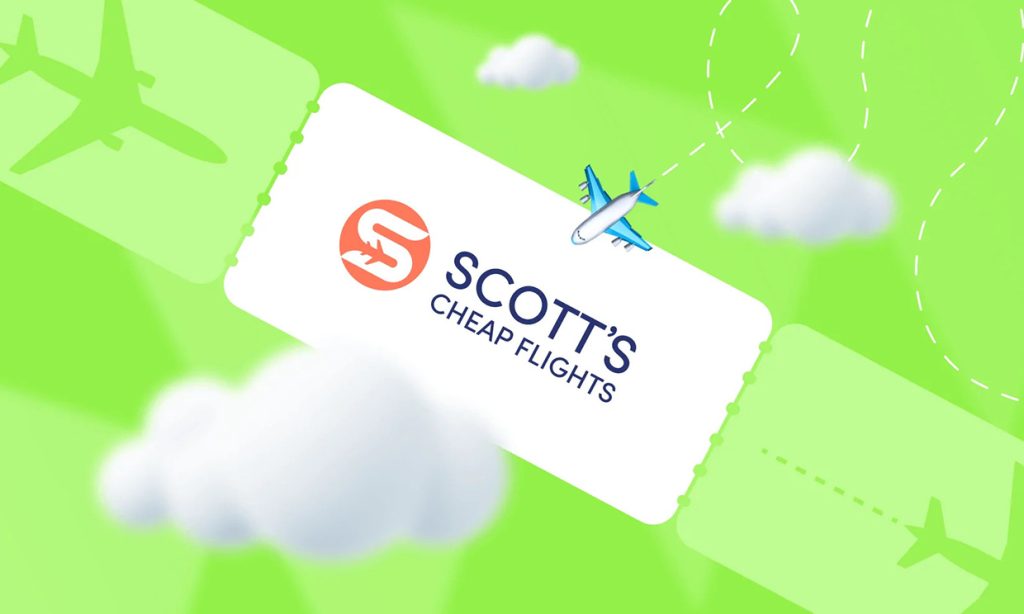
9. Use Flight + Hotel Packages Occasionally for Better Deals
Sometimes booking a flight and hotel together as a package can unlock better deals than booking them separately. I’ve saved up to 20% in the past by using platforms like Expedia, Priceline, and Kayak’s bundle options. These packages are especially useful when you’re traveling for events, conferences, or weekend getaways where you know your dates and don’t plan to cancel. However, it’s important to read the fine print—packages usually have stricter cancellation policies, limited hotel choices, or non-refundable tickets. I always cross-check the package price with the combined cost of booking flights and hotels separately to ensure it’s truly a deal. Also, make sure you’re earning loyalty points or rewards with the hotel or airline if those matter to you. This method works best when you’re planning 2–3 months in advance, especially during off-peak travel seasons.
10. Keep Up with Aviation Industry News and Snap Up Flash Sales
Airfare prices can change dramatically in a matter of hours, and staying updated with aviation news can give you an edge. I follow multiple sources like Scott’s Cheap Flights (now called Going), Airfarewatchdog, and The Flight Deal, which alert me to flash sales and mistake fares. These deals often pop up unexpectedly—sometimes offering 50% or more off regular fares—but you have to act fast, often within hours. I’ve scored roundtrip flights to St. Louis for under $120 using this strategy. It helps to sign up for alerts, follow these platforms on social media, and even enable push notifications for urgent deals. Occasionally, airlines launch new routes or celebrate anniversaries with fare promotions, and being in the know lets me capitalize on these opportunities. While it requires a bit more attention and speed, the savings can be significant—especially for frequent travelers like me.
Flying to St. Louis and securing the most cost-effective ticket requires patience and skill. Early planning, flexible adjustments, wise use of comparison tools, and attention to discounts are the essentials I’ve learned from years of travel experience. I hope these tips help you save travel expenses and enjoy a fulfilling trip on your next journey to St. Louis.

